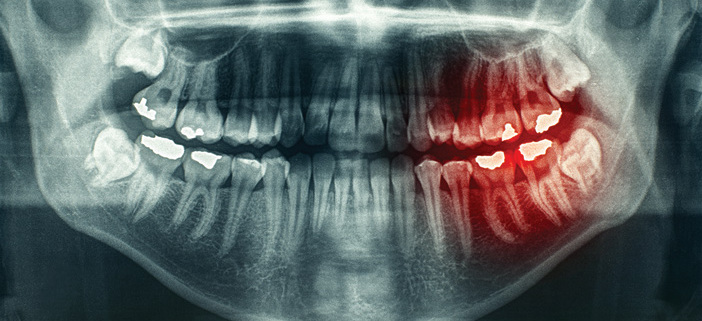Dental Filling Options for Cavities
Fillings used to treat cavities have come a long way, and today there are many options beyond traditional metal fillings.
Cavities, also called caries or tooth decay, develop when plaque damages the enamel that protects the outer surface of the teeth.
If you have cavities, it is important to have them treated by a dentist as soon as possible. Without prompt treatment, cavities can eventually progress and affect the delicate tissue and nerves deep within your teeth. When cavities are treated early, serious complications, such as nerve damage and tooth loss can be prevented.
How Are Cavities Treated?
If your dental hygienist or dentist finds a cavity, your dentist can treat the cavity by removing the decayed tissue and placing a dental filling, special material put in the tooth to protect it from further damage and decay.
Before removing your cavity, your dentist will apply a local anesthetic to numb the surrounding tissue. A dental drill will then be used to remove the decayed portion of your tooth and prepare it for a filling.
Laser therapy or a procedure called air abrasion can also be used to get rid of cavities.
Dental Filling Options
Fillings have come a long way over the years, and today there are many options beyond traditional metal fillings. Types of dental fillings that are currently available include:
- Amalgam fillings. Amalgam has been used for more than 100 years to fill cavities and is still widely used today. Amalgam is a resilient combination of elemental metals, and may include components of mercury, silver, tin, copper, and other metals. Since amalgam fillings are silver in color, they aren’t as good as tooth-colored fillings for use in more visible teeth near the front of the mouth.Because amalgam contains mercury, questions have been raised about its safety. High mercury exposure is linked to some neurological problems, particularly among infants and children. Research done by the National Institutes of Health, the Food and Drug Administration, and other major health organizations, however, has determined that dental amalgam is a safe option for fillings. The other metals used in amalgam fillings are thought to stabilize the mercury component and reduce the risk of ill effects.
- Composite fillings. Composite is a tooth-colored material that is made of glass or quartz and resin. Composite fillings are durable and more natural looking than amalgam fillings. They are generally more costly than amalgam fillings and can take longer to place. In addition, composite fillings may become stained over time.
- Glass ionomer fillings. Like composite fillings, glass ionomers are also tooth-colored. They are made of acrylic and glass, and are most often used to fill cavities at the root surfaces of teeth. Glass ionomers are also designed to release fluoride that can help protect your teeth from additional decay. Since glass ionomers are not as durable as amalgam or composite fillings, they are best used on areas of your teeth that are not exposed to much friction during chewing.
- Resin ionomer fillings. Similar to glass ionomers, resin ionomers are natural-looking fillings that are also made from acrylic and glass filler. They are usually used to fill small cavities between teeth or on the root surfaces of teeth.
- Custom-made dental restorations. In some cases, your dentist may need to make your filling in a laboratory from a special mold of your tooth. This type of filling includes a custom-made inlay that fills the removed portion of your tooth, along with a crown that covers the top and sides of your tooth. It takes two or more visits to place a custom-made restoration. These restorations can be made from porcelain, metal alloys, gold, and/or composite materials. Porcelain restorations are durable, but the material can irritate adjacent teeth. Gold and metal alloys are highly resilient, but depending on the location in your mouth, can be very noticeable.
If you have a cavity, talk with your dentist about your preferences, as well as the benefits and disadvantages of the various filling options. After evaluating your overall oral health and preferences, your dentist can help you decide which type of filling is best for you
Looking for an orthodontist in Beaverton, Oregon? Biermann Orthodontics is a cutting-edge orthodontic practice that serves Beaverton and Molalla, OR, and focuses on providing world-class customer service and efficient treatment. We strive to create stunning smiles in the shortest amount of time without ever sacrificing quality.
Visit our Locations page to find a clinic near you, or schedule an initial consultation.
Biermann Orthodontics
503-690-0722
17885 NW Evergreen Parkway, Suite 200
Beaverton, OR 97006



